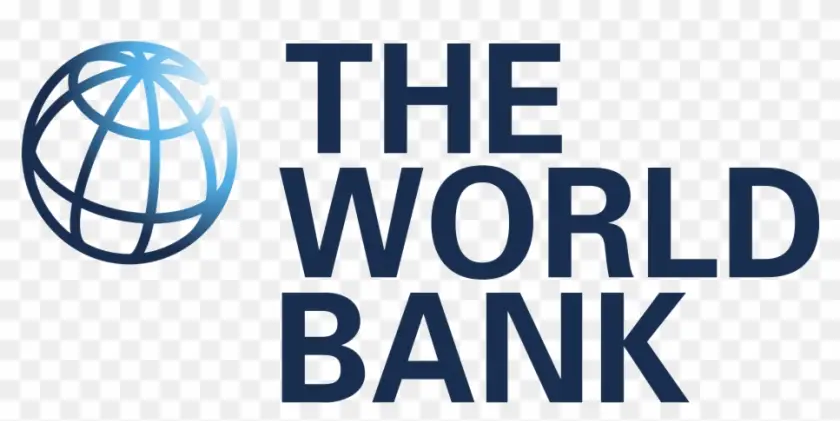The World Bank now projects Croatian growth for 2022 at 5.4%, compared with 6.0% forecast last October. On the other hand, the growth projection for 2021 has been revised upward from 7.6% to 9.4%.
The Croatian economy is expected to grow by 4.4% in 2023, which is 0.2 percentage points higher than the October forecast.
Among countries in the Europe and Central Asia (ECA) region, this year Bulgaria is expected to see growth of 3.8%, Romania of 4.3%, Poland of 4.7% and Hungary of 5.0%. The projected growth of this region for 2021 is 5.8% on the back of a stronger than expected recovery. The latest data suggest that the new wave of the pandemic will cause disruptions due to tougher mobility restrictions.
The World Bank predicts that the growth of the ECA region will slow to 3.0% in 2022 as stricter macroeconomic measures and new waves of the pandemic subdue demand, noting that countries with low vaccination rates are particularly at risk. Growth is expected to continue to slow in 2023, to 2.9%, due to the continued withdrawal of fiscal support.
Following a strong rebound in 2021, the global economy is entering a phase of exceptional uncertainty because of new variants of the SARS-CoV-2 virus, which causes COVID-19, and growing inflation, debt and inequality in income, which might jeopardise the recovery of emerging and developing economies.
The World Bank estimates that global growth will decelerate from 5.5% in 2021 to 4.1% in 2022 and 3.2% in 2023 as pent-up demand dissipates and government and central banks continue to reduce their fiscal and monetary stimuli.
“The world economy is simultaneously facing COVID-19, inflation, and policy uncertainty, with government spending and monetary policies in uncharted territory,” said World Bank Group President David Malpass. “Putting more countries on a favorable growth path requires concerted international action and a comprehensive set of national policy responses.”










